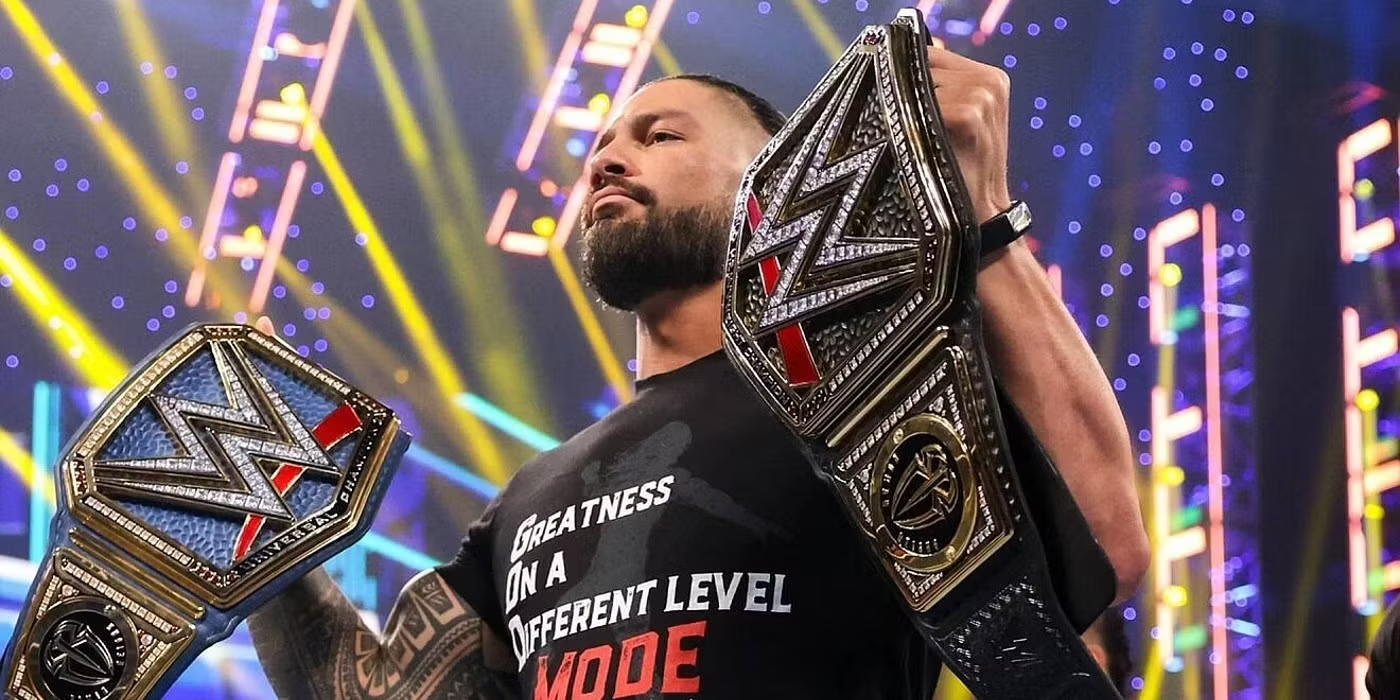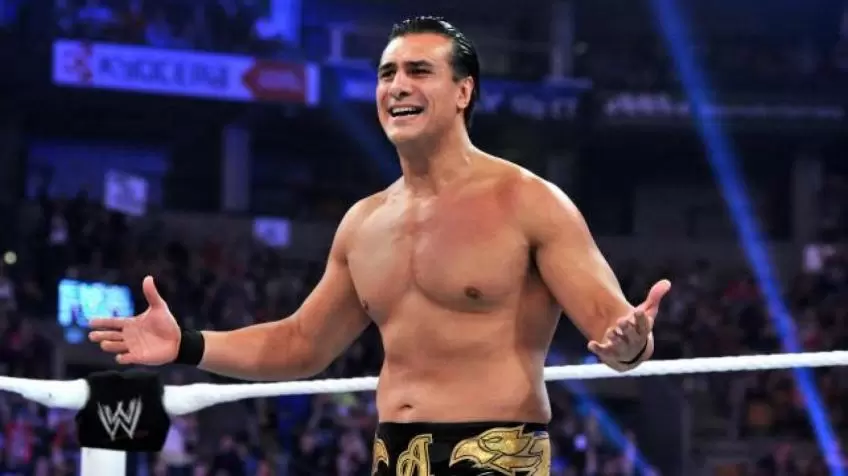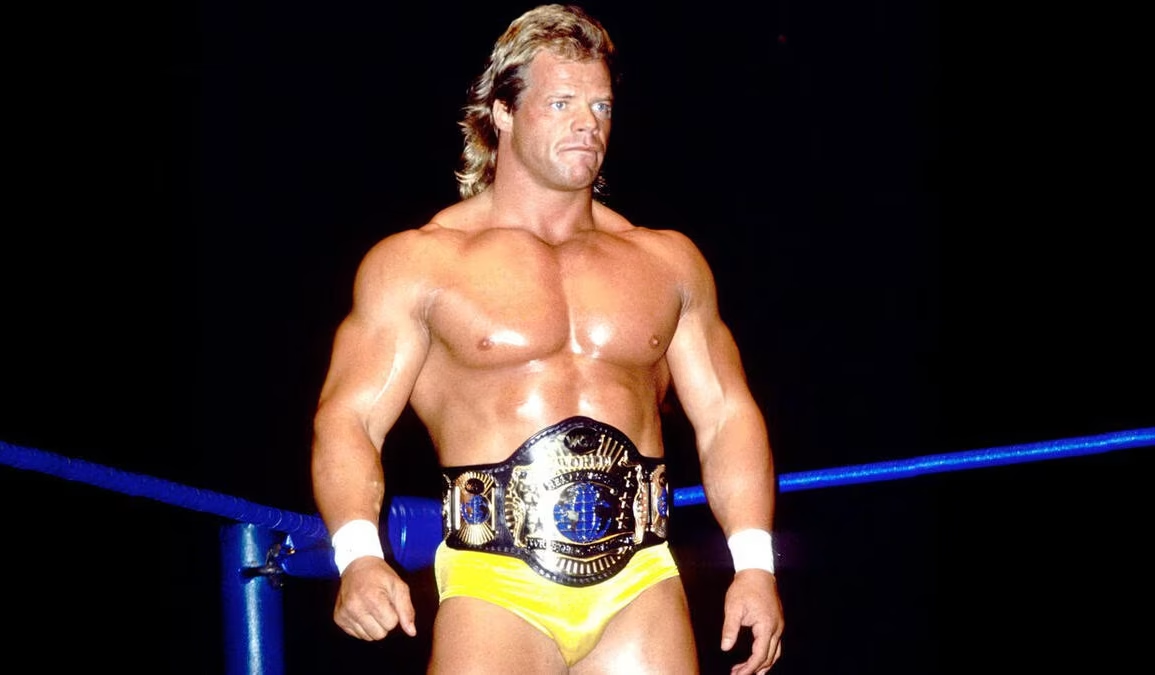Rising to the top of WWE is a dream for every superstar, but sometimes, the journey to the spotlight happens too fast. While a meteoric rise can generate excitement, it doesn’t always set a wrestler up for long-term success. Fans need time to connect with a character, and when superstars are thrust into main event scenes without proper build-up, the results can be mixed. WWE has a history of testing fresh faces in big roles, but not all of them are ready when the moment comes. This piece looks at some of the most notable WWE superstars who were pushed too quickly, examining how rapid ascents impacted their careers and how fans responded to these sudden main-event opportunities.
1. Roman Reigns — The Corporate Face Before the Crowd Was Ready

Roman Reigns is now one of the most established WWE stars, but his early push faced massive resistance. After The Shield broke up in 2014, Reigns was immediately positioned as the next top guy. By early 2015, he won the Royal Rumble and headlined WrestleMania 31 against Brock Lesnar. WWE was determined to make him the face of the company, but fans felt this was forced. Despite his undeniable talent and looks, audiences rejected him as a “corporate pick” rather than a fan-chosen hero. Reigns struggled with crowd reactions for years, only truly finding his stride when he reinvented himself as “The Tribal Chief” in 2020. His case shows how a rushed push can backfire if fans don’t feel included in the journey.
2. Ryback — From “Feed Me More” to Main Event Burnout
When Ryback burst onto the scene in 2012, he was an unstoppable force. His squash matches and “Feed Me More” chant made him incredibly popular, and WWE capitalized on this momentum by inserting him straight into the WWE Championship picture against CM Punk. However, Ryback’s quick rise exposed his inexperience in longer, competitive matches. Despite crowd support, he couldn’t capture the title, and repeated losses damaged his credibility. Instead of building Ryback up slowly with a solid mid-card run, WWE’s decision to fast-track him ultimately hurt his staying power. Within a few years, Ryback’s momentum was gone, and he never fully recovered in WWE’s hierarchy.
3. Alberto Del Rio — The Fast-Tracked Aristocrat Who Couldn’t Connect

Alberto Del Rio debuted in 2010 with a well-crafted aristocratic persona, and WWE quickly saw him as a top star. Just months after his debut, he won the 2011 Royal Rumble and challenged Edge for the World Heavyweight Championship at WrestleMania 27. Despite this prime positioning, Del Rio struggled to connect with audiences on an emotional level. His character, though unique, lacked the depth fans look for in a main-eventer. Winning Money in the Bank and later cashing in for a WWE title reign only cemented his spot, but reactions remained lukewarm. Del Rio’s rushed ascent demonstrated that even a polished gimmick needs time to develop a genuine fan connection.
4. Lex Luger — The All-American Hero WWE Tried to Force
Lex Luger is one of the most famous examples of a superstar WWE attempted to turn into the next Hulk Hogan overnight. After Yokozuna’s dominant run as champion, WWE introduced Luger as “The All-American” hero, complete with a bodyslam on the USS Intrepid in 1993. WWE heavily promoted Luger as the patriotic savior, even giving him a bus tour called the “Lex Express” to hype his SummerSlam match. However, despite all the effort, fans never fully embraced Luger in the way WWE wanted. His SummerSlam victory over Yokozuna came via count-out, which confused and disappointed viewers expecting a true triumph. Luger’s push felt manufactured, and without organic fan support, his main event status faded.
These rapid rises are reminders that while WWE can create stars, fan investment takes time. Building a wrestler’s story gradually often leads to stronger connections, making eventual success feel earned rather than handed out. Some, like Roman Reigns, eventually overcame rocky starts, but for others, a too-fast push led to careers that never reached their full potential.


